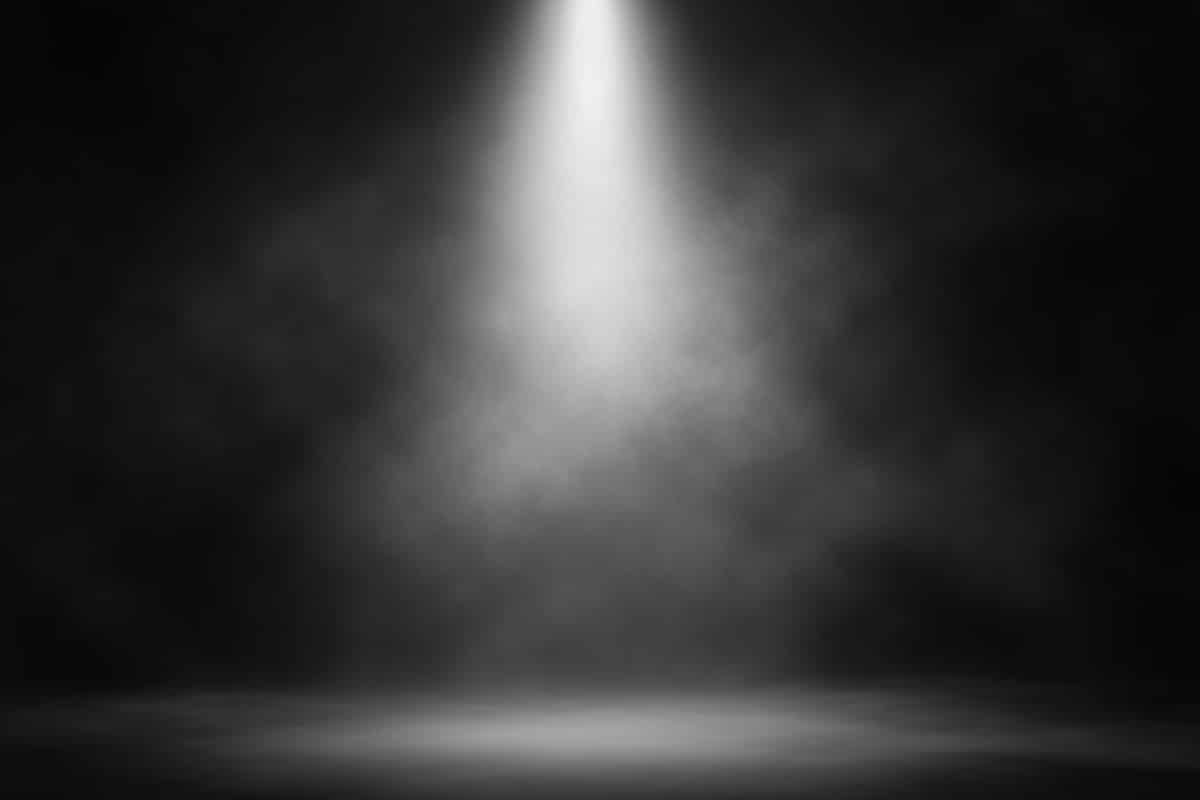Shining a Light on Proper Ergonomics
The physical stress of clinical dental hygiene practice is an occupational risk factor for developing musculoskeletal disorders (MSDs).

Improve Your Ergonomics With Proper Lighting
The physical stress of clinical dental hygiene practice is an occupational risk factor for developing musculoskeletal disorders (MSDs). Coaxial illumination, combined with magnification, can improve visual acuity, ergonomics, and diagnostic capabilities for oral health professionals. A quality light source and magnification will reduce strain on the eyes and the need to lean in closer to the oral cavity, improving posture.
Photo Credit: R_Tee/ISTOCK/GETTY IMAGES PLUS

Let There Be Light
Dental hygienists work in the small, dark area of the oral cavity, limiting visual acuity. A good lighting system can help improve practitioners’ ergonomics, reduce fatigue, and is essential for optimizing visual performance and comfort. A study related to nursing and medication dispensing errors found that adequate lighting was one of the top environmental solutions for avoiding mistakes. The clinical dental hygienist needs to detect slight tissue changes and pathology even more intricate and tiny than medication labels.
Photo Credit: Kesu01/ISTOCK/GETTY IMAGES PLUS

Seeing Clearly
The purpose of clinical illumination is to help oral health professionals see the oral cavity and anatomical features clearly while in a comfortable working posture. Good clinical illumination should provide the following:
- Prevent the clinician from being forced into poor working postures
- Help see the detail and color of the point of interest
- Enable control of light intensity
- Reduce eye strain and pain
Photo Credit: solidcolours/ISTOCK/GETTY IMAGES PLUS

Coaxial Illumination
Coaxial illumination is a type of lighting that provides a parallel source of light, reducing the incidence of shadows in the field of vision. During clinical practice, dental hygienists easily block their source lighting, compromising neck and back ergonomics. This problem is eliminated because coaxial illumination provides a target source of light.
Photo Credit: vm/E+

Enhancing Visual Acuity
With coaxial illumination, lights are usually directly mounted to custom-fitted loupes. A variety of styles, weights, and types of lights are available. Cordless versions are also on the market. No matter what type of light, the purpose of coaxial illumination is to enhance visual acuity, aiding dental hygienists in their intricate work. A properly designed illumination system should provide a uniform beam, constant beam pattern within the clinicians’ working range, high detectability of anatomical features, and no glare. The recent advances in light emitting diode (LED) technology have made coaxial illumination more efficient.
Photo Credit: AleksandarGeorgiev/E+

Light Emitting Diode Technology
LED lights are extremely small, lightweight, and provide a high-quality light source with greater output than traditional light sources and better color rendering. These are desired qualities in a mounted light as correct brightness and true color allow for more clear vision and may even make tissue and anatomic changes more discernable during dental hygiene diagnosis and treatment. However, the greatest output is not necessarily the safest.

